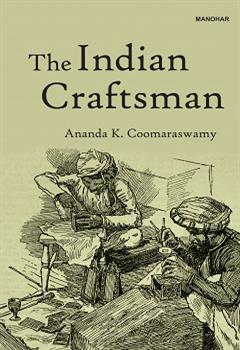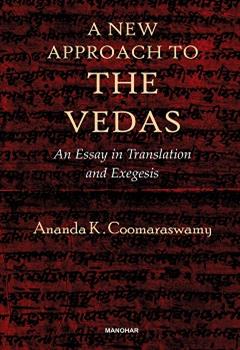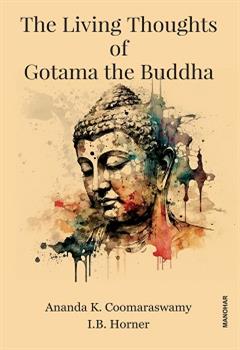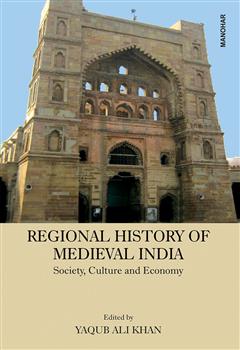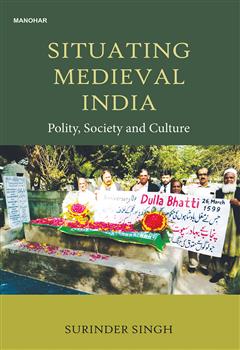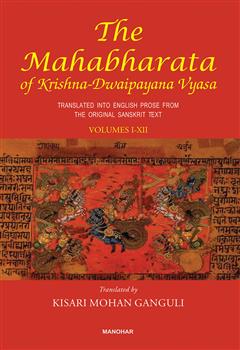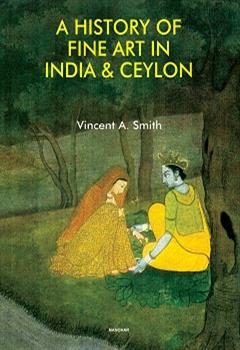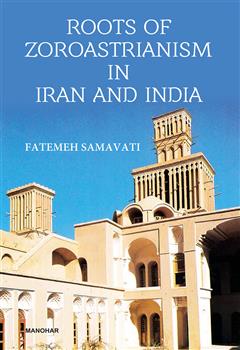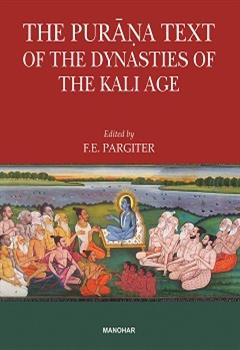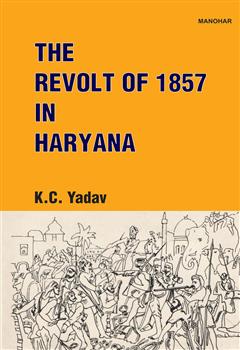History
Featured Products
A New Approach to the Vedas: An Essay in Translation and Exegesis
₹371.25
M.R.P.:₹ 495.00
You Save: ₹123.75 (25.00% OFF)
Regional History of Medieval India: Society, Culture and Economy
₹1,734.05
M.R.P.:₹ 2,195.00
You Save: ₹460.95 (21.00% OFF)
Situating Medieval India: Polity, Society and Culture
₹1,576.05
M.R.P.:₹ 1,995.00
You Save: ₹418.95 (21.00% OFF)
The Mahabharata of Krishna-Dwaipayana Vyasa: Translated into English Prose from the Original Sanskrit Text (12 Vols. Set)
₹7,106.05
M.R.P.:₹ 8,995.00
You Save: ₹1,888.95 (21.00% OFF)
Roots of Zoroastrianism in Iran and India
₹1,102.05
M.R.P.:₹ 1,395.00
You Save: ₹292.95 (21.00% OFF)
The Purana Text of the Dynasties of the Kali Age
₹716.40
M.R.P.:₹ 995.00
You Save: ₹278.60 (28.00% OFF)


